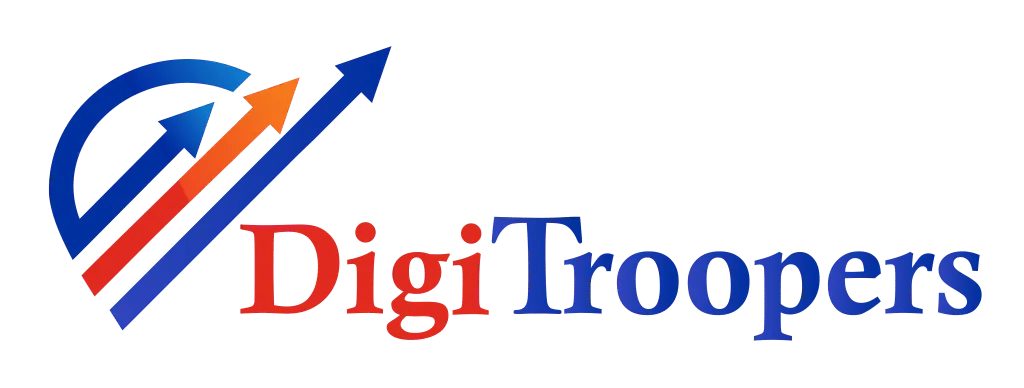There are various PPC Ad formats that can be deployed to tap into a defined audience. The goal of PPC Ads is not only sales but could be profile registration, membership, lead generation, Email signup, newsletter subscriptions, or file downloads.
Advertisers take advantage of a combination of the various PPC advertising formats to run successful paid marketing campaigns. Proper planning and campaign tracking drive better results by allowing advertisers to optimize Return-on-Ad-Spend (ROAS).
Types of PPC Ads
Following are the types of PPC Ads.
- Search Ads
- Display Ads
- Social media Ads
- Remarketing Ads
- Generic Remarketing
- Behavioural Remarketing
- Google Shopping Ads
- Product Listing Ads
- PPC Ads in Email
- Local Services Ads
- Instream Ads
Search Ads
Search ads are purely text-based and frequently appear on the top and bottom of a search engine result page (SERP). They are triggered when a certain set of related keywords are entered by a user. Search Ads are tagged with the word “ad” to indicate that the link is sponsored.
Search Ads are most useful when your goal is brand awareness and you aim to boost CTR by offering high-quality information, solutions, or free product and service trials.

Display Ads
Display ads (also known as Banner or Column Ads) usually contain text as well as graphics. They are relevant to a defined target market and appear on a publisher’s website that is partnering with Google to display them.
These websites may not necessarily be directly related to the product or service being advertised although they can be programmed to be more specific. Display Ads also appear on video streaming platforms like YouTube.
Remarketing Ads
Perhaps the most advanced of all types of PPC Ads, remarketing Ads retarget users who have at some point in time engaged with the sales funnel of an advertiser’s brand. User engagement is tracked using cookies stored on the user’s device.
These tracking cookies monitor and report on the users’ behavior while they interact with any touch-point in the customer journey. This type of tracking allows advertisers to ascertain the best way to re-engage the users within any stage of the buying cycle.
The goals met with remarketing ads include Conversion Rate Optimization (CRO), reduction of Customer Churn, Upselling, and Cross-Selling. Let us talk a bit about the subtypes in remarketing campaigns.
Generic Remarketing
Generic Remarketing targets all visitors to an advertiser’s landing page or website regardless of the platform or device they used to conduct the visit. Ads are shown to this audience to ensure that the brand remains top-of-mind while they are still perhaps in the research or consideration phase.
Generic remarketing ads have a relatively higher click-through (CTR) and conversion rate (CR) than straightforward display ads.
Behavioural Remarketing
At times when advertisers are challenged to show the most relevant ads, only to users most likely to click and convert, they resort to Behavioural marketing. This sequential marketing approach takes a much closer look at the user’s behavior using remarketing codes (tags) or pixels.
It is implemented to ensure that the Ads displayed are hyper-relevant to each segment within a much wider audience in the sales funnel. Creativity is of the utmost importance here, in order to make the ad copies engaging and relevant to each segment while avoiding ad fatigue due to repetition.
On popular ad publishing platforms such as Google and Facebook, a sequence of ad experiences can be provided to prospects using multiple channels, to entice, inform and nurture them without losing their interest. This can prove to be quite costly for a number of reasons.
Examples of cost-saving tactics in behavioral remarketing include tag/pixel-based categorization and customization, frequency capping, conversion filtering, contextual targeting as well as a few others.
Google Shopping Ads
Google shopping ads are also based on the PPC model. Much like product listing ads, they pop up when strong commercial intent keywords like “buy”, “get”, or “cheap” are used in tandem with other transactional, product, or navigational keywords.
These Ads appear above organic search results, in a display carousel to provide a virtual window shopping experience to users. Users can quickly access key information about a product, its price, make or model variations as well as any special discount offers.

Product Listing Ads
Product Listing Ads are used when a business is somewhat established and users have high brand awareness. Such users are in the consideration phase of the sales funnel, but definitely not in the search or exploration phase.
When such users are presented with Product Listing Ads with clear Call-to-Action (CTA), the advertisers want to drive direct response from them. If they click on Ads, they may be converted to the decision phase and finally to the purchase phase of the sales funnel.
PPC Ads in Email
Advertisers are also able to reach potential leads through native ads published as emails or appearing as display ads, in user mailboxes. Email services and storage is provided free-of-cost by various ad platforms. Popular free email service providers include platforms like Google, Yahoo, Microsoft & LinkedIn among others.
While the formats in which these PPC ads appear varies for each service provider, it is interesting to note that PPC Ads in Email apps have demonstrated substantially higher click-through rates (CTR).
PPC Ads in Email prove to be very cost-effective as advertisers are billed only when a user clicks on a Call-To-Action (CTA) button or link provided in the email ad that takes them to a landing page or website.
Local Services Ads
PPC marketing of an exclusive selection of businesses that operate in particular localities is referred to as Local Services Ads. The option to run such local PPC Ads is generally given to traditional small businesses like laundry, catering, home upkeep, and repair.
CTR and conversion rates in Local Service Ads are very high, relative to generic search or display ads.
Instream Ads
Instream PPC ads appear in videos on YouTube & Facebook among other video streaming platforms. These Ads can be short non-skippable types, long format skippable, or a native display advertisement.
Final Words
I hope you have a fair idea of the most often used PPC campaign goals and objectives that are used by popular business models. You can use this information to create an outline of your PPC marketing strategy.


 +1 (253) 528-4057
+1 (253) 528-4057  +966 507438993
+966 507438993 
